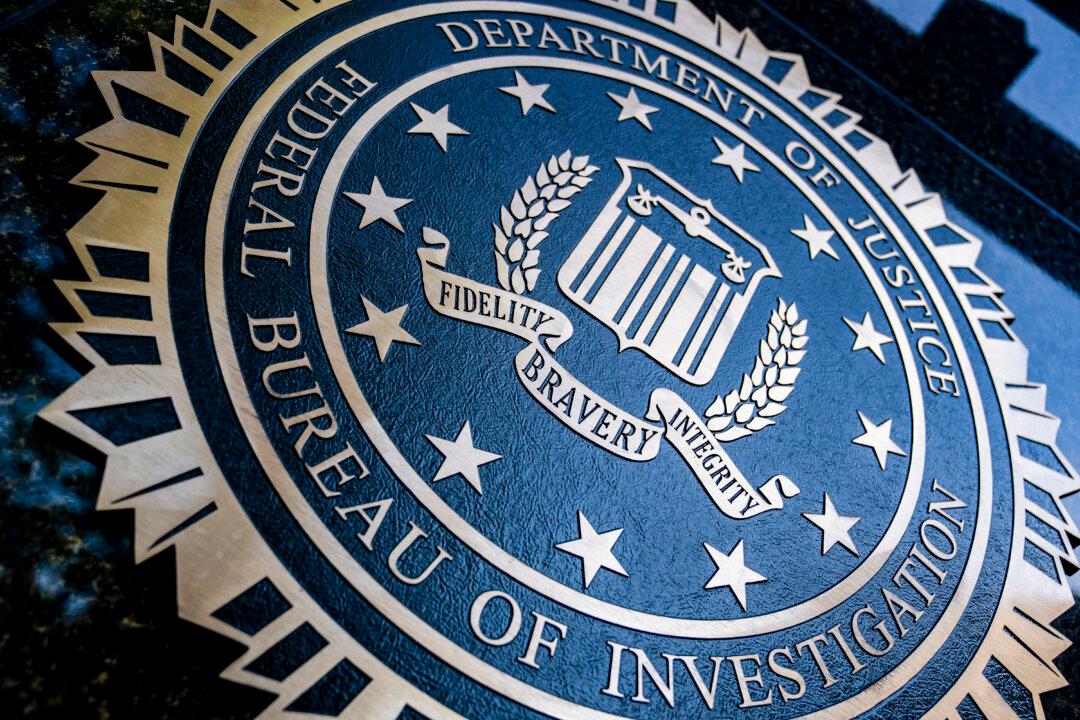Over the past week, there’s been a number of videos claiming that “fake snow” or plastic, geo-engineered, and burning snow fell in Georgia and Alabama. Other claimed that chemtrails or nanobots were responsible.
These videos showed people attempting to burn the snow with a lighter or a blowtorch then when they see it not melt and see the snow blackened, they claim the snow is fake.
Science writer and astronomer Phil Plait recently uploaded a video from Boulder, Colorado, and found that the result was similar.
Plait says that this is how snow behaves normally. “I’ve seen some bizarre conspiracy theories in my time, but this may be the plain old weirdest: The snow that paralyzed Atlanta, Georgia in January of 2014 was not *really* snow,” he wrote.
He added, “Yeah, not so much. Oddly enough, this idea struck me as being really, really, REALLY silly, so I decided to test it myself with the help of some freshly fallen snow in Boulder. I repeat the experiments done in other videos - making a snowball and holding a lighter up to it - and show that... well, see for yourself. But can you guess *why* the snow doesn’t appear to melt, and why it gets scorched?”
He says in the video that the snow “is melting” when a flame is applied to it--turning from a solid into liquid, but he notes that it isn’t dripping.
“I think that as it turns into water, the snow is absorbing the water and becoming slushy. This is the same thing that happens when you make a snowcone” when the syrup is poured on the ice and absorbs.
The char marks on the snow is caused by burning butane from the lighter. The charred substance is soot, Plait says, adding that “incomplete combustion products” causes the blackened marks.
Plait then showed a time-lapse of the same snowball melting on a hot pan.
According to AJC.com, one user said in a YouTube “You’re being distracted from all fronts, you’re preoccupied. They’re up here signing bills, the government, to pretty much take away more of your rights and freedoms.” Some of these videos generated hundreds of thousands of views.
Plait reasons that “unless folks can learn from their mistaken ideas, this kind of thinking is dangerous. We know that political parties and ideologically based ‘think tanks’ will spread disinformation that gets absorbed by the public through various media. That’s no tinfoil-hat theory, that’s fact—you only need to read about the history of the tobacco industry (and now the fossil fuel industry) to see this.”
“We need to teach people how to think (and not just what to think), or else we won’t be able to separate the factual conspiracies from the fantasy ones. That’s why I take the time to debunk the silly ones. Because not all of them are so silly,” he writes in Slate.





